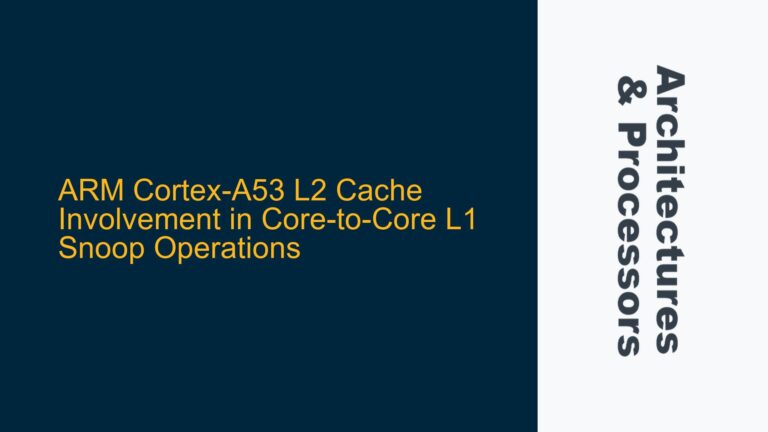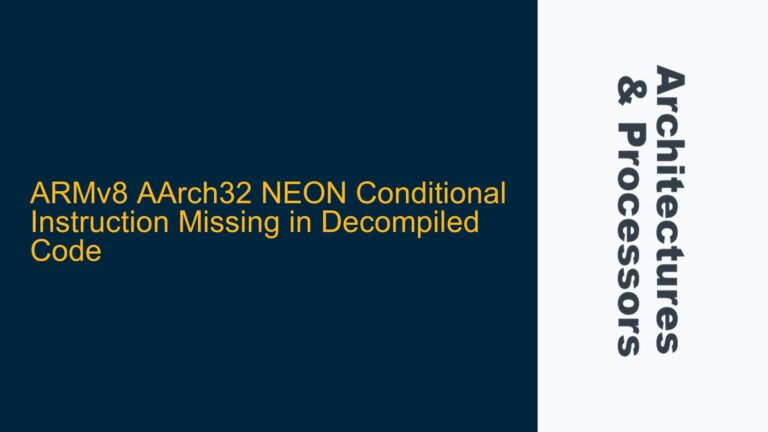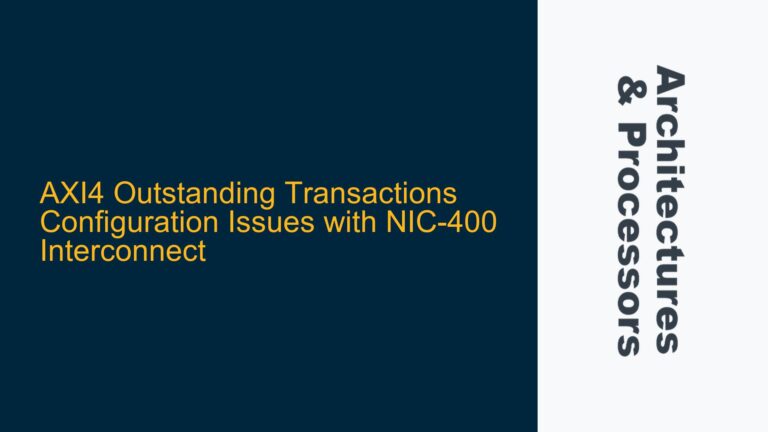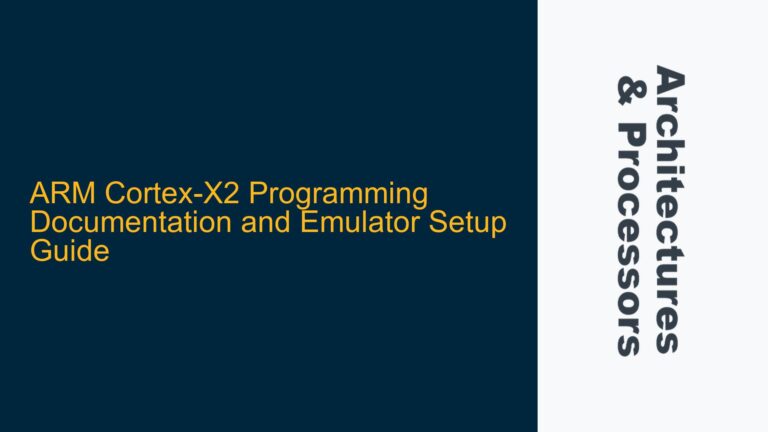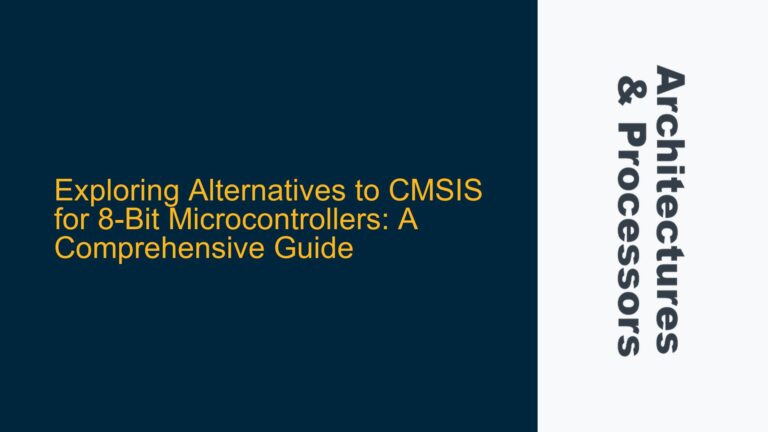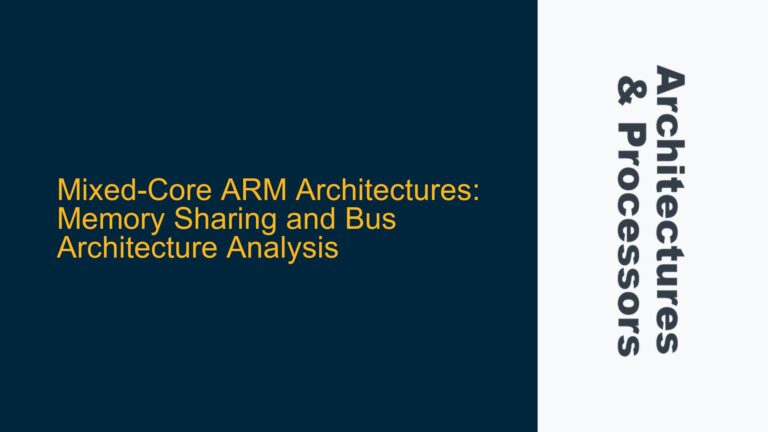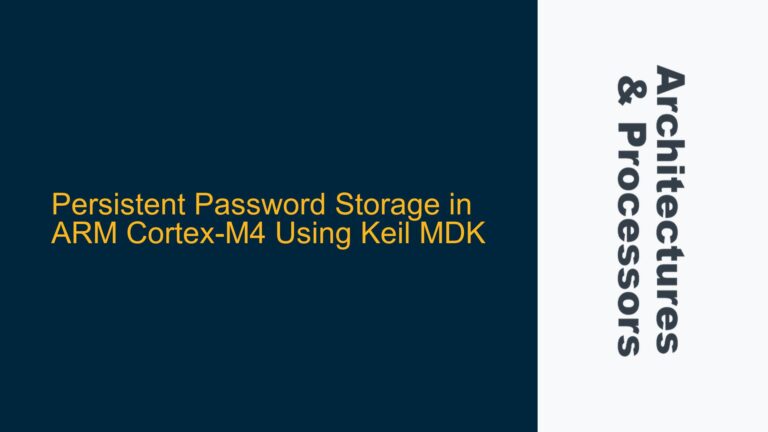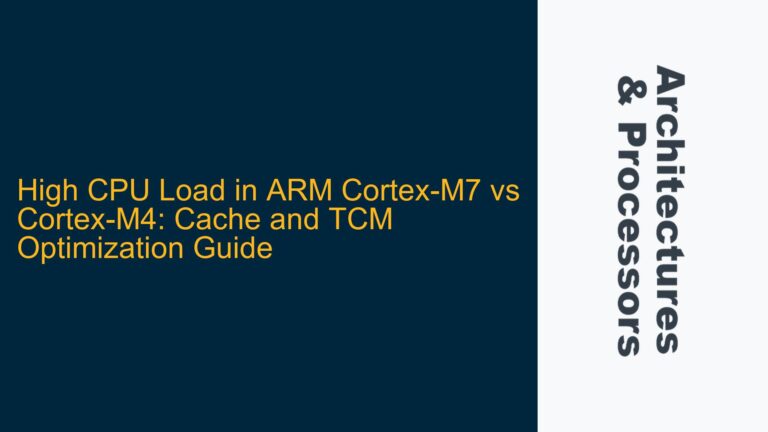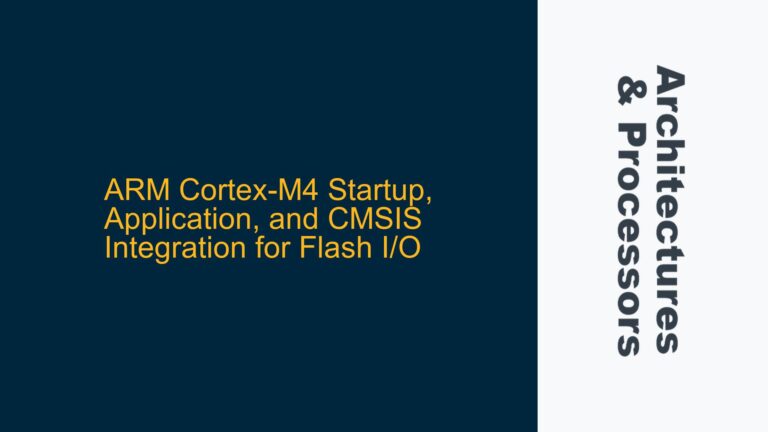ARM Cortex-A53 L2 Cache Involvement in Core-to-Core L1 Snoop Operations
ARM Cortex-A53 L1 Snoop Behavior and L2 Cache Access Patterns The ARM Cortex-A53 processor, a popular choice for embedded systems and mobile applications, exhibits specific behaviors when handling cache coherency between cores. One such behavior involves the L2 cache’s role during core-to-core L1 snoop operations. In a typical scenario, a writer thread on one core…
